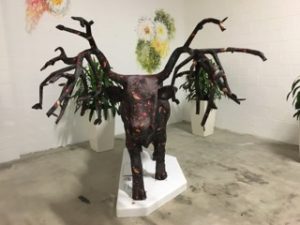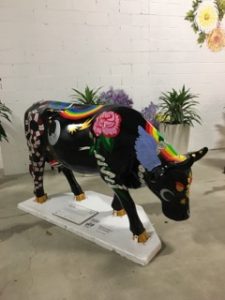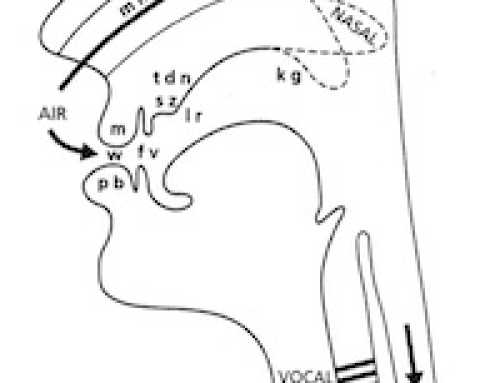
Did you know this was a phrase used in elocution lessons which dates back to at least 1926? It was used to demonstrate rounded vowel sounds. Each “ow” sound in the phrase represents the diphthong /aU/.
Lessons back then tended to be repetitive and focussed on drills to help able-speaking individuals to talk ‘with a plum in their mouth’ (i.e. with a posh accent). Often, these same drills were used for all students and teachers lacked knowledge in the medical causes of speech sound problems.
Fast forward nearly 100 years……
Speech Pathology sessions also help people say sounds that they are finding difficult to pronounce but the treatment provided is based on sound medical knowledge of the brain’s structure and functioning as well as linguistic and phonetic knowledge. Clinical recommendations are offered following a complete assessment of each person’s speech and oral language skills. Any therapy offered is ‘evidence based’ (that is, it is supported in research as working) and is specific to each client’s needs. 
Every client’s speech difficulties are individual to them and may be caused by a whole variety of different reasons.
For example, perhaps someone may have had a stroke or a head injury and lost the ability to plan and execute the oral motor tasks needed in order to speak (known as ‘apraxia of speech’). Sometimes they can say the “ow” sound in any of the words above independently, but often cannot say it when asked to repeat words such as “brown”or “cow”.

Another scenario might be someone who has immigrated to Australia and English is their second language. Often these clients’ “mother tongue” does not contain all the same speech sounds as those spoken in Australian English and they may wish to be taught how to say these new sounds and have therapy to build them into their conversation. For example, people speaking Dutch or German as their first language often find the “ow” sound challenging as it is different from their vowel/ diphthong repertoire.
An alternative situation might be someone who has had considerable dental work as an adult, perhaps following a car accident or for cosmetic reasons.
This can change the structure of their oral cavity and in particularly the contact points to articulate tongue tip sounds against, such as “t, d, s, z, n’ and ‘l”. This can cause sloppy sounding speech or it might sound lisped.
The key to helping people reach their communication potential is an accurate and detailed initial assessment with a clear therapy plan containing weekly goals based on each client’s particular needs. There is no such thing as “one size fits all” in Speech Pathology.

Whilst the generic “How now brown cow?” was used for everyone in 1926, in 2017, Perth Adult Speech Pathology caters for individuals using a vast range of therapeutic approaches.
Sincere thanks go to CowParade, the world’s largest public art event, for the inspiration behind this post.
It is one of the world’s most successful public art events being held in more than 75 cities since it was established in 1999. These six “udderly charming bovines” currently are grazing on the ground level of the ENEX building in Perth’s city centre.
It is estimated that more than 250 million people around the world have seen one of the more than 5,000 CowParadecreatures over the years. Artists include the internationally famous, such as Vivienne Westwood, Radiohead and Christian Lacroix to almost unknown local talents.
The one thing each cow has in common is that it is truly unique!




